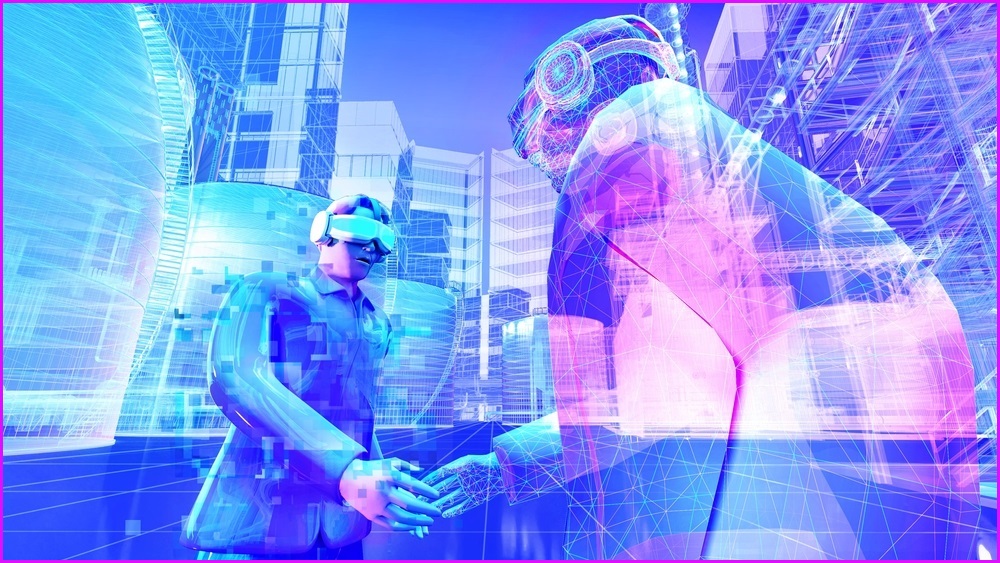Despite hype about “the” metaverse, it isn’t yet a single entity.
Rather, a metaverse today comprises multiple emerging technologies — and organisations should be careful when investing in a specific metaverse as it is too early to determine which investments are viable for business in the long term.
Nevertheless, metaverse technologies promise the next level of interaction in the virtual and physical worlds, providing innovative new opportunities and business models.
In fact, research firm Gartner expects that by 2026, 25% of people will spend at least one hour a day in a metaverse for work, shopping, education, social media and/or entertainment.
“Emerging metaverse technologies may be nascent, but they offer strategic opportunities — with potential benefits that aren’t limited to virtual worlds.
Metaverse will transform the physical world, as well as transport or extend physical activities to a virtual world,” says Gartner VP Analyst Marty Resnick.
What is a metaverse?
Technically, a metaverse is a collective virtual shared space, created by the convergence of virtually enhanced physical and digital reality.
For simplicity’s sake, think of a metaverse as the next iteration of the internet, which started as individual bulletin boards and independent online destinations.
Eventually these destinations became sites on a virtual shared space — similar to how a metaverse will develop.
A metaverse is not device-independent, nor owned by a single vendor.
It is an independent virtual economy, enabled by digital currencies and non-fungible tokens (NFTs).
As a combinatorial innovation, metaverses require multiple technologies and trends to function.
Contributing trends include virtual reality (VR), augmented reality (AR), flexible work styles, head-mounted displays (HMDs), an AR cloud, the Internet of Things (IoT), 5G, artificial intelligence (AI) and spatial computing.
· Innovation No. 1: Web3, which is a new stack of technologies for the development of decentralised web applications that enable users to control their own identity and data. Web3 and metaverse complement each in a community or ecosystem where value in some form is exchanged between people or organisations — or a combination.
· Innovation No. 2: Spatial computing, which can be defined as a three-tiered technology stack through which users experience the intersection of the physical and digital worlds.
· Innovation No. 3: Digital twin of a person (DToP) not only mirrors a unique individual but is also a near-real-time synchronised multi-presence, with the ability to be present in multiple places at the same time in both digital and physical spaces.
· Innovation No. 4: Digital twin of a customer (DToC), a subset of DToP, is a dynamic virtual representation of a customer that simulates and learns to emulate and anticipate behaviour. Customers can be individuals, personas, groups of people or machines.
Why is there hype around the metaverse?
There is a lot of excitement around metaverse, driven by technology companies pre-emptively claiming to be metaverse companies or creating a metaverse to enhance or augment the digital and physical realities of people.
Eventually, metaverse will provide persistent, decentralised, collaborative and interoperable opportunities and business models that will enable organisations to extend digital business.

But metaverse opportunities are already emerging — for enterprises as well as individuals. For example:
· JP Morgan has become the first bank to establish a presence in the metaverse, predicting a market opportunity of $1 trillion and eyeing virtual real estate
· Automobile dealerships could keep limited stock on hand of particular vehicles and use spatial computing, specifically the AR cloud, to seemingly change interior and exterior attributes digitally in real time to showcase more options
· Games can be created to train employees on how to handle hazards without actually exposing them to those hazards
· DToCs and digital humans can interact with customers to aid in areas, such as financial transactions, concierge shopping experiences or patient health monitoring.
· Virtual workspaces can enable organisations to develop better engagement, collaboration and connection opportunities for employees. (Virtual meetings, powered by metaverse technologies, are already a fixture of hybrid work.)
Actions for business and technology innovation leaders
The next one to three years will be a time of learning, exploring and preparing for a metaverse with limited implementations. The financial and reputational risks of early investments aren’t fully known, and we advise caution.
For now, however, these actions will help you begin to map a strategy that includes metaverse technologies:
· Explore opportunities where metaverse technologies could optimise digital business, or create new products and services
· Build metaverse products and solutions through a pipeline of combinatorial innovation rather than trying to find a “killer app”
· Identify metaverse-inspired opportunities by evaluating current high-value use cases
· Invest in specific emergent metaverses cautiously and protect your reputation by proactively establishing a data governance, security and privacy policy to protect customer and employee data.
In short:
· “The” metaverse doesn’t yet exist. A metaverse today comprises multiple emerging technologies that promise the next level of interaction in the virtual and physical worlds.
· A metaverse is not device-independent, nor owned by a single vendor. It is an independent virtual economy, enabled by digital currencies and NFTs.
· Opportunities are emerging fast, but organisations should be careful when investing in a specific metaverse, as it is too early to determine which are viable for the long term.










